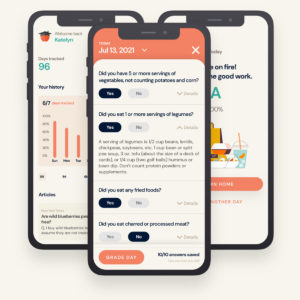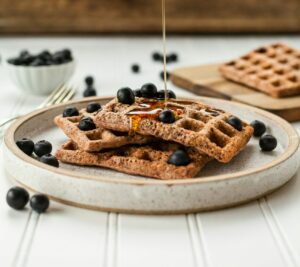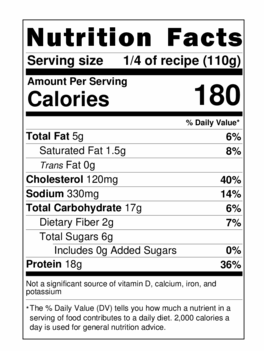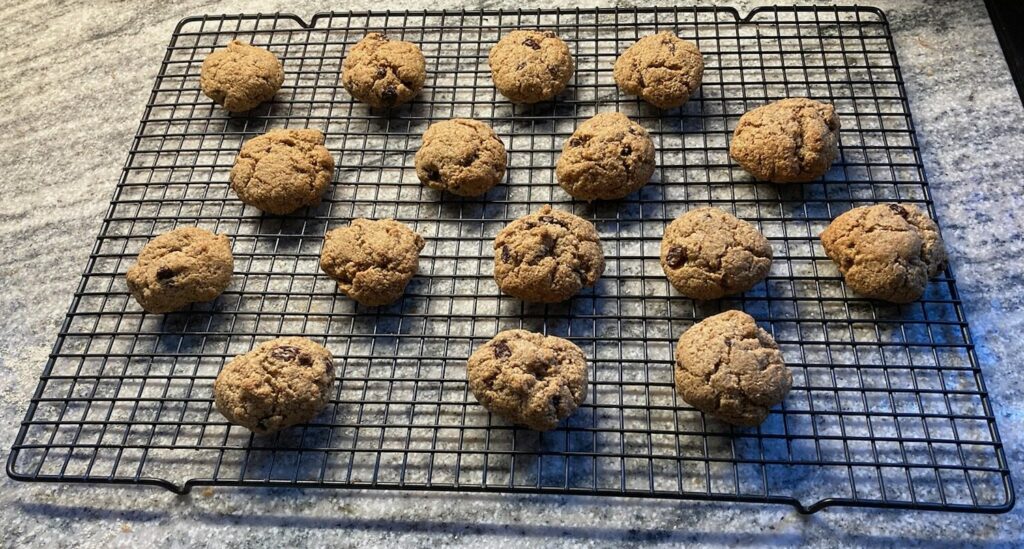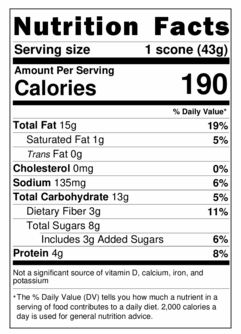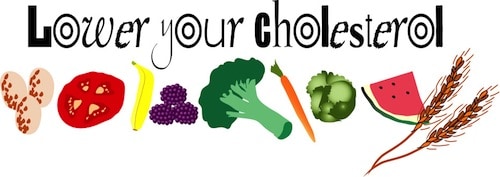“Who has noticed any long term habit change or positive changes based on the 30 Day Nutrition Upgrade?”
I found this question on my Facebook page, posted by a (perhaps skeptical?) follower.
If you’re trying to decide whether this program is worth your while, you might be interested in some of the responses posted by previous Upgraders.
“Me! I literally crave vegetables, which I did not before. I choose vegetarian options at restaurants sometimes even though I’m not a vegetarian and don’t want to be. I also opt for fish more than I used to.”
“It helped me lose weight.”
“I buy vegetables not knowing what to do with them. Then at home I look up how best to eat them. Also I prefer fish to meat whenever I can. In general i find I eat healthy with the 30DNU in mind.”
“I consistently eat more vegetables. Also, I have at least one fermented food each day.”
“I eat much less sugar and much more vegetables”
“I noticed a huge difference. I lost my sugar cravings after about 3 days and generally eat much better, even though I thought I had a pretty good diet before starting.”
(Honestly: who needs a copywriter? I’m just going to let folks who have done the program do the marketing for me!)
If these are the kinds of changes you’d like to make a permanent part of your eating habits, then I hope you will join us
Not Your Typical Nutrition Challenge
Unlike other 30-day nutrition “boot camps,” the 30 Day Nutrition Upgrade doesn’t ask you to eliminate entire food groups or follow a rigid or restrictive protocol. You don’t have to avoid restaurants, cancel social plans, or pack special food to bring with you everywhere.
You’ll just keep on living your regular life…only a little bit healthier. (I’ll show you how.) You can even do it with your kids! (Some Upgraders report competing with their children over who can eat more vegetables during the day … and their kids love it!)
Come join us!

